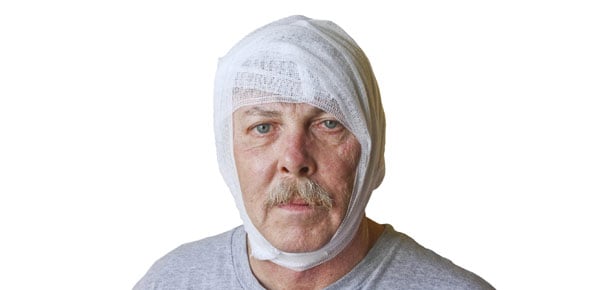Break The Chain Of Transmission Challenge!
- CDC
- WHO
Submit
2.
You may optionally provide this to label your report, leaderboard, or certificate.
Submit
Submit
Submit
Submit
×
Thank you for your feedback!

















